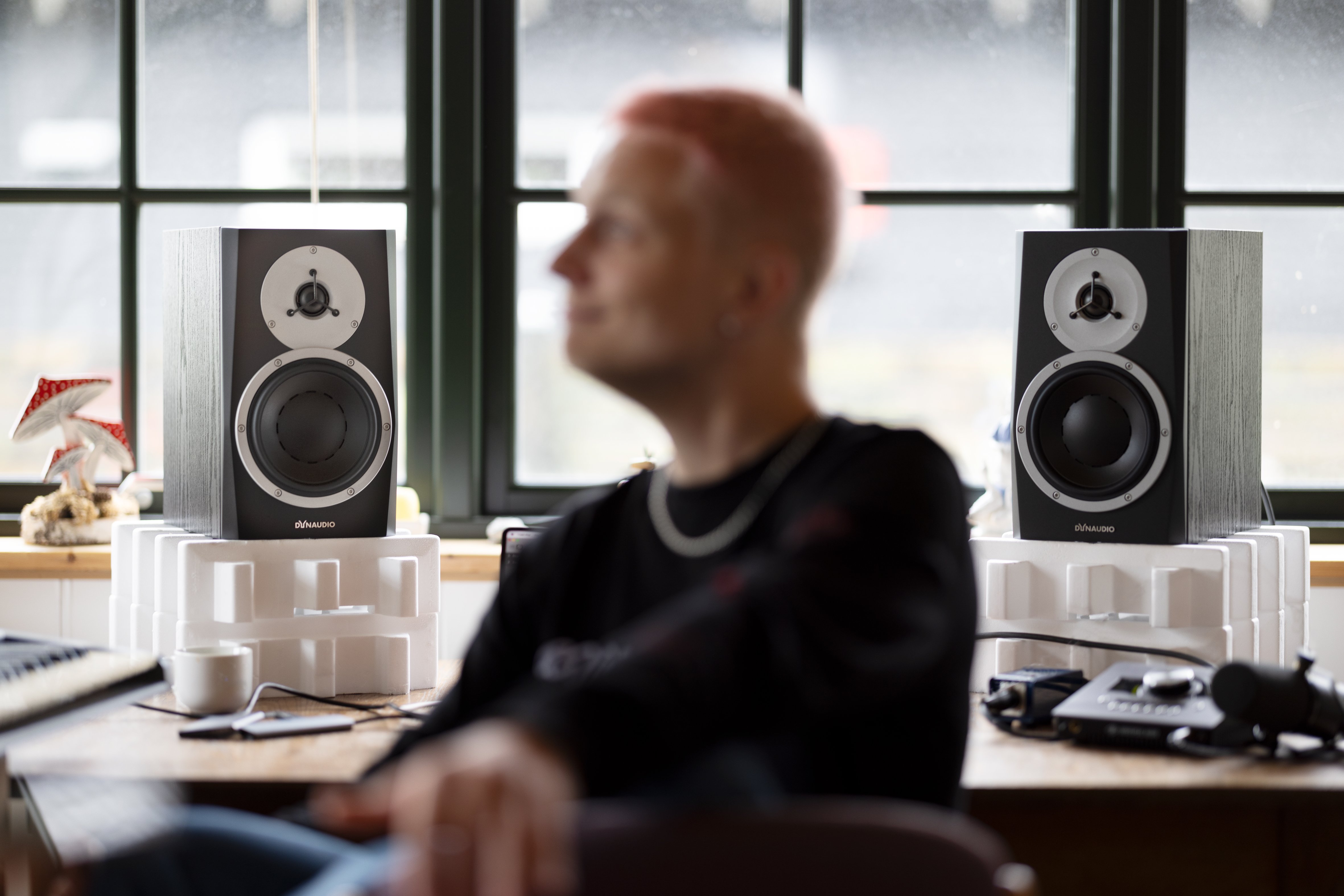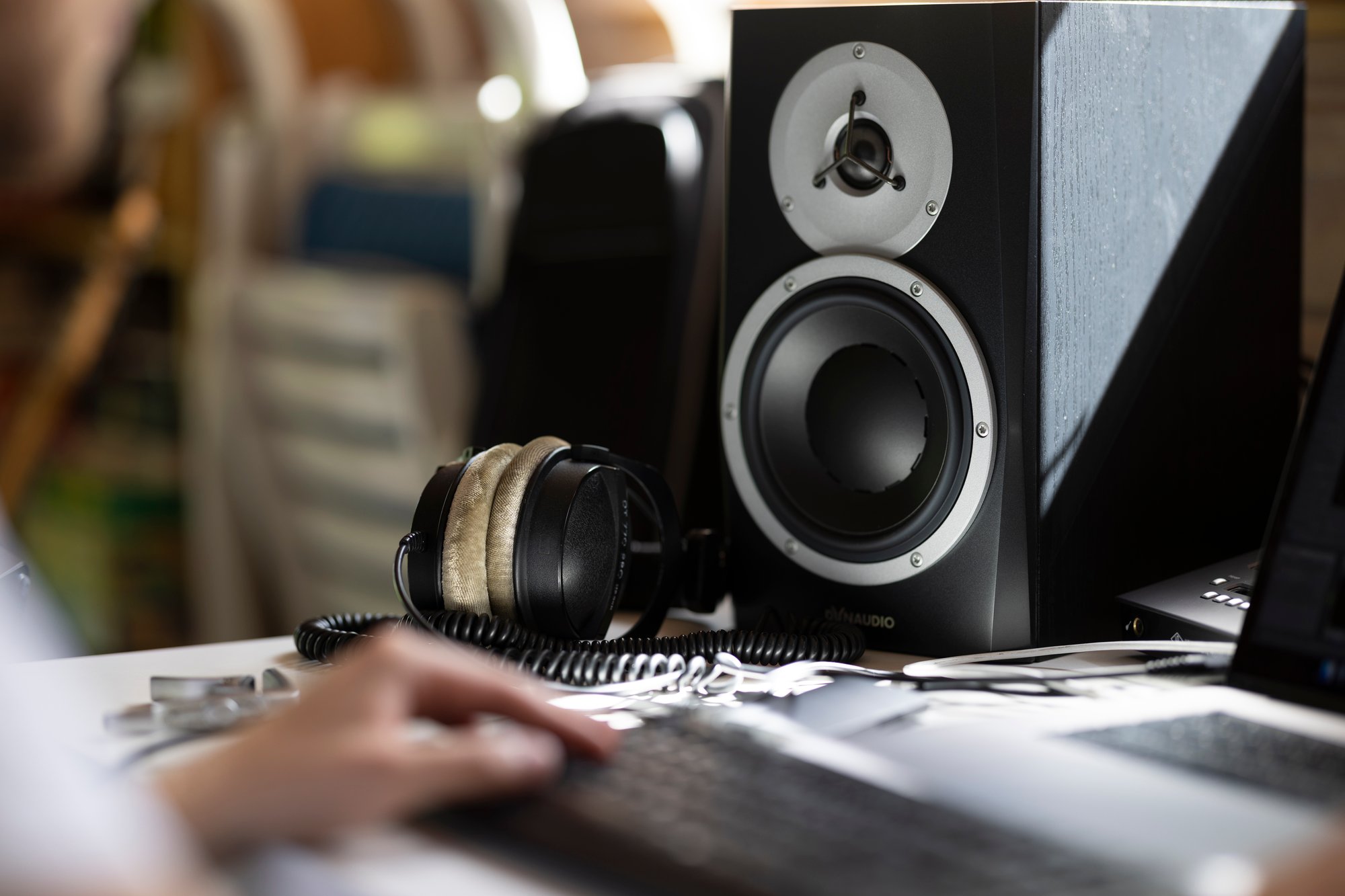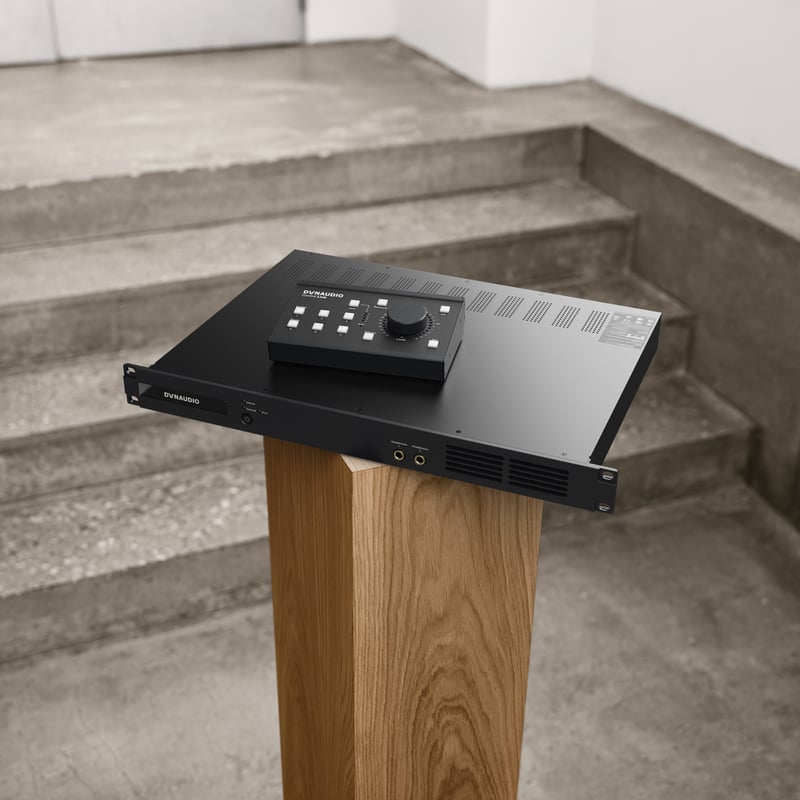Why is it crucial to meet the loudness recommendations specified by streaming platforms? Because it will save your music from suffering a fate worse than distortion: ‘playlist drowning’. More on that later.
First, we need to fully understand what ‘loudness’ is. In this context, it’s very different to ‘level’ or ‘volume’. In short, loudness refers to the perceived volume level of an audio signal; don’t confuse that with peak level, which indicates the highest point of amplitude within a waveform. The issue, however, is that what might be measured to physically be the loudest isn’t always perceived as being the loudest part by the human ear.
The problem and the solution
In fact, it wasn’t the music industry that drove the research behind finding a way to measure perceived loudness. It all started in the world of television and radio, as broadcasters began to receive a lot of complaints about the very sudden and significant raise in volume when a commercial block interrupted the general programming. Depending on your age, you might remember how you would have to keep the remote nearby to turn down the TV whenever the ads started.
The obvious reason for the commercials being so much louder was a combination of programs that typically have a very wide dynamic range (from a whisper to a car crash, for example) and the desire for the advertiser to get the viewers’ attention. The latter was pursued by exploiting the ability to compress/limit the audio of the commercials to extreme degrees. In short, this means that the audio would be compressed very hard and then the overall level would be raised at the final stage to have the maximum impact when being on-air.
International broadcast organisations decided to address the problem by issuing loudness recommendations that have since been enforced by law in many countries.
The Loudness Wars
In the meantime, music producers and record labels had access to the exact same production tools – and they had exactly the same idea: <i>If our track stands out from the crowd by being louder, it will draw more attention and will absolutely definitely become a hit.</i> This was what eventually initiated the ‘Loudness Wars’.
But this pursuit of maximum loudness came at the expense of sonic integrity and musical dynamics. The Loudness Wars emerged as one of the consequences of digital recording: audio engineers began pushing the limits of dynamic range compression, brickwall limiting, and other techniques to increase the perceived loudness of their music.
Imagine an audio waveform with plenty of peaks and valleys. Now, all of the peaks would be compressed, and the waveform would be gained up to almost appear as one long sausage of sound in the DAW. It was loud, but it didn’t do anything good for the music.
Unfortunately, all wars have casualties. In this case, those were dynamics, clarity and detail, as distortion and artifacts were introduced into the music. The most tragic death of all, of course, was people’s ability to listen for long periods: consumers simply became tired of being shouted at.

Loudness recommendations and music
An album could be compressed severely in the mastering session and, while it would suffer from the above-mentioned syndromes, it would likely sound uniform – at least on its own. But as radio and TV started adhering to loudness standards, the consequence was that if you had a piece of music with very high perceived loudness, the station would simply turn that track down to comply with the recommendation. The result: overly loud tracks actually had less impact compared with tunes with a wider dynamic range.
Today, with music being gathered on streaming platforms and single tracks being added to playlists, we once again have that scenario where tracks from tons of different albums are mixed up. Which means the same problem arose as with the commercials or radio air-time. You’ve probably had a playlist where you constantly had to adjust the volume, as new songs started.
Nowadays, streaming platforms do the same as the broadcasters: they put a loudness gatekeeper at the output, turning down overly loud tracks to ensure a consistent listening experience. Once again, monster-compressed tracks that were meant to have maximum impact end up sounding wimpier.
And that’s why you should be aware of loudness when you export your final master for upload to Spotify, Apple Music, Tidal, Amazon Music and so on.
How is loudness measured?
Perceived loudness isn’t based solely on the physical intensity of a sound-wave: it also takes into account the sensitivity of the human ear across different frequencies. For that reason, an A-weighting filter aims to approximate the frequency response of the human ear, emphasizing the frequencies to which our ears are most sensitive. This weighting is applied to sound measurements to align them with our perception of loudness.
Unlike sound-pressure, loudness isn’t expressed in decibels, but in LUFS (Loudness Units Full Scale) or sometimes in LKFS (Loudness K-weighted Full Scale). They’re essentially the same thing – K-weighting is a variant of A-weighting.
There are a few different types of loudness types, but for music tracks, ‘Integrated loudness’ is the most relevant. It means that the average loudness level of an entire audio track is measured, as well as considering the audio material's dynamic range, adjusting the measurements to match human perception. This allows for a fair comparison between different songs.
Further, TruePeak refers to the highest peak level of an audio signal. It measures the maximum amplitude within a waveform on an inter-sample level, indicating the potential for clipping or distortion, and most recommendations specify a TPmax level that your tracks shouldn’t exceed.

How to comply with loudness recommendations
First, you need a loudness meter. There are some hardware units available, but a plug-in in your DAW or mastering application would also do just fine.
As an example, let’s take a look at the loudness specs you need to aim for when you deliver tracks to be played on some of the most popular music streaming services. Zero LUFS is the absolute loudest things can get, so the target for all recommendations is well below that.
Apple Music
Integrated Loudness: -16 LUFS (±1,0 LU)
TruePeak (TPmax): -1 dBTP
Spotify
Integrated Loudness: -14 LUFS
TruePeak (TPmax): -1 dBTP
Spotify actually has two different recommendations, as some listeners like it a bit louder. Note how the general loudness is higher, but the tolerance for TruePeak is lower.
Spotify Loud
Integrated Loudness: -11LUFS
TruePeak (TPmax): -2 dBTP
Amazon Music
Integrated Loudness: -14LUFS
TruePeak (TPmax): -2 dBTP
Is it really worth creating unique masters for each platform that you deliver content for? Yes, it is probably worth putting in the extra time. As mentioned in the beginning of this article, you want to prevent your tracks from drowning in the overall mix of different songs on a playlist. If you deliver a track that is too ‘hot’, the platform will simply turn it down for you and make it sound dull if surrounded by others that are properly mastered according to its recommended loudness specifications.
Loudness-aligning your tracks probably doesn’t seem like the most exciting part of making music, but at the end of the day, it could well be what makes the difference between staying on playlists and being removed from them. So, why take that chance?
We derived the loudness recommendation examples in this article from RTW Audio, which is a manufacturer of hardware audio meters. They’ve gathered all of the loudness standards that they know of across music, radio, TV, games and more, and we encourage you to explore it all here
Sign up to get more great articles
Nothing compares to the satisfaction of knowing – for a fact – that something is as good as it gets







